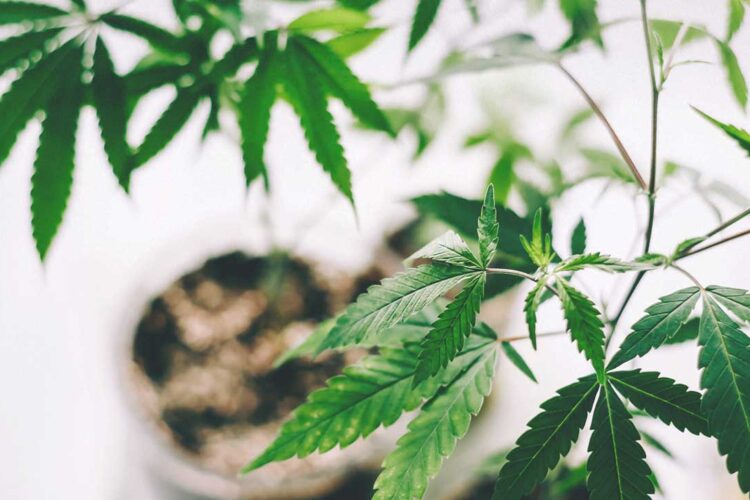THC edibles exist in diverse forms, offering multiple ways to experience their effects. The proper dosage and timing create optimal experiences for both new and experienced users. Starting with small amounts helps determine personal tolerance levels. First-time users notice the delayed onset compared to other methods. Gradual introduction allows the body to adapt naturally. Many people prefer edibles for their extended duration. Regular monitoring helps establish personal patterns.
THC Edibles and absorption rates
The digestive system processes THC edibles differently from other consumption methods. The liver converts THC into a more potent compound, creating longer-lasting effects. This process typically takes 30 minutes to 2 hours for initial effects to emerge. The duration of the impact ranges from 4 to 8 hours, depending on various factors. Empty stomachs speed up absorption rates. Full meals slow down the onset time. Liquid forms typically act faster than solid options. Sublingual products enter the bloodstream more directly. Individual metabolism affects processing speed. The endocannabinoid system responds uniquely to each person.
Dosage guidelines for different edible types
Gummies and candies typically contain 5-10mg per piece for easy measurement.
- Baked goods might have varying amounts, requiring careful portion control.
- Beverages usually offer 2-5mg per serving for gradual consumption.
- Chocolates come in segments with measured amounts for precise intake.
- Microdosing starts at 1-2.5mg per serving. Standard doses range from 5-15mg total.
Experienced users prefer 20-30mg amounts. Multi-serving products need careful division. Measuring tools ensure accurate portions. Regular users develop consistent patterns.
Storage and shelf life considerations
Proper storage extends the life of THC edibles significantly. Cool, dark places work best for maintaining potency. Airtight containers prevent exposure to air and moisture. Regular checking for quality ensures optimal consumption experiences. Glass containers protect better than plastic. Metal containers work well for short terms. Labeled storage prevents confusion. Dating packages track freshness effectively. Rotation systems maintain quality control. Dedicated storage areas reduce contamination risks.
Temperature impact on edible quality
Heat exposure affects the potency of THC edibles over time. Refrigeration helps maintain consistency in certain products. Freezing extends shelf life for specific items like baked goods. Room temperature storage works for some sealed products. Temperature fluctuations reduce product quality. Consistent conditions preserve potency longer. Cold storage slows degradation rates. Defrosting methods affect final quality. Temperature monitors ensure proper storage. Climate control extends shelf life.
Flavor profiles and ingredient combinations
Natural ingredients enhance the overall experience of thc edibles. Fruit-based options mask the distinct cannabis taste effectively. Chocolate varieties blend well with THC compounds. Savoury options expand the range of available choices. Spice combinations create unique profiles. Sweet treats remain consistently popular. Mint flavours offer fresh alternatives. Citrus notes brighten the experience. Herbal blends provide natural tastes. Sugar-free options suit dietary needs.
Quality assessment methods
Visual inspection reveals obvious quality issues. Proper sealing indicates good storage conditions. Colour changes might signal degradation. Texture changes suggest storage problems. Aroma indicates freshness levels. Taste variations signal quality changes. Product consistency matters significantly. Manufacturing dates guide usage timing. Expiration dates ensure safety standards. Quality testing confirms product stability.
THC edibles offer diverse options for consumption preferences. Managing dosage and timing creates reliable experiences. Knowledge of different varieties helps in making informed choices. Proper storage ensures sustained quality over time. Regular monitoring improves personal results. Documentation supports better decisions. Time management enhances experiences significantly. Quality control maintains consistent results. Personal patterns emerge with regular use. Ongoing learning improves outcomes steadily.

